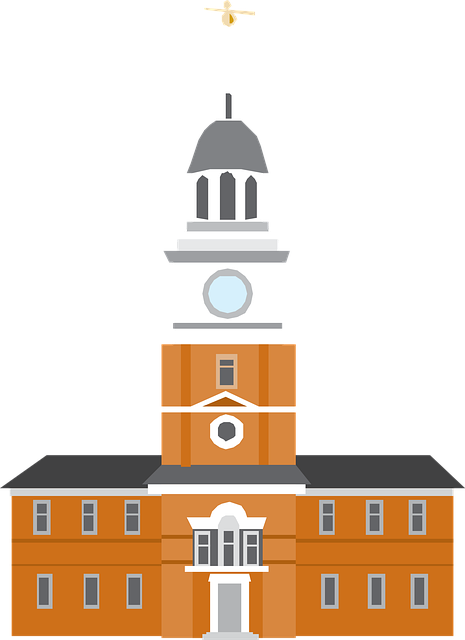CAD drafting for architects is a crucial tool in construction, creating precise blueprints and detailed documentation. This technology streamlines design to technical drawings, improving efficiency, reducing errors, and enhancing project management. Contractors interpret these plans into on-site actionable steps, ensuring the built environment aligns with the architect's vision. Efficient communication facilitated by CAD drafting fosters trust, problem-solving, synchronization, and ultimately exceptional project outcomes.
Construction documentation is a vital aspect of any building project, serving as the blueprint for contractors and builders. This comprehensive guide delves into the essential elements of construction documentation, with a focus on CAD drafting as an architect’s primary tool. We explore how contractors interpret these documents and emphasize efficient communication for project success. By understanding these processes, stakeholders can ensure smoother operations and higher-quality outcomes.
Understanding Construction Documentation Importance
Construction documentation is a vital aspect of any building project, serving as a comprehensive blueprint that guides contractors and builders throughout the entire construction process. It plays a pivotal role in ensuring projects are completed accurately and efficiently, adhering to design specifications and regulatory standards. By leveraging tools like CAD drafting for architects, professionals can create detailed plans, specifications, and drawings that facilitate clear communication among all project stakeholders.
This documentation includes architectural designs, structural calculations, material lists, and step-by-step construction guidelines. It enables contractors to translate the vision of architects into tangible structures, ensuring every detail is accounted for. Accurate construction documentation not only minimizes errors but also streamlines project timelines and budgets, making it an indispensable resource for successful project execution.
CAD Drafting: Architect's Essential Tool
CAD drafting has become an indispensable tool in modern architecture, revolutionizing how designers and builders communicate and visualize projects. It allows architects to create precise, detailed 2D and 3D models, offering a clear representation of structures before construction begins. This process involves using specialized software to translate design concepts into technical drawings that serve as essential construction documentation for contractors and builders.
By employing CAD drafting, architects can enhance efficiency, reduce errors, and improve overall project management. The digital nature of these designs enables easy modifications and updates, ensuring that all stakeholders have access to the latest plans. This streamlines communication between designers, clients, and builders, fostering a collaborative environment that benefits the entire construction process.
Contractor's Role in Document Interpretation
Contractors and builders play a pivotal role in the successful execution of any construction project. Among their myriad responsibilities, one often overlooked yet critical task is the interpretation of construction documentation. This involves comprehending detailed drawings, specifications, and other technical documents prepared by architects and engineers using CAD drafting software.
Proficient contractors must possess the skills to translate these technical blueprints into actionable plans for their teams on-site. Accurate interpretation ensures that every aspect of the design is faithfully replicated, from structural elements to aesthetic details, thereby fostering a seamless integration of the built environment with the original vision as conceived by architects through CAD drafting for architects.
Efficient Communication for Project Success
Efficient communication is a cornerstone for successful construction projects. When architects, contractors, and builders seamlessly collaborate, it ensures everyone is on the same page regarding design specifications, materials, timelines, and budget constraints. This synchronization is facilitated by technologies like CAD drafting for architects, which enables precise documentation and easy sharing of plans. With real-time updates and clear visual representations, stakeholders can quickly resolve discrepancies and make informed decisions, streamlining the construction process.
Effective communication also fosters trust and enhances problem-solving capabilities. By encouraging open dialogue, teams can navigate challenges more efficiently, ensuring projects stay on track without costly delays or errors. This collaborative approach not only improves overall project management but also contributes to a more harmonious working environment, where everyone is committed to delivering exceptional results.
Construction documentation is a cornerstone of successful project outcomes, empowering both architects and contractors with clear guidelines. By leveraging tools like CAD drafting for architects, they can create precise blueprints that define the build’s every detail. Contractors play a vital role in interpreting these documents, ensuring accurate on-site execution. Efficient communication throughout the process is key to avoiding misunderstandings and delays, ultimately leading to high-quality construction outcomes.
